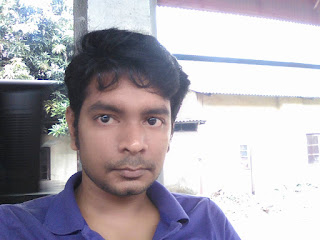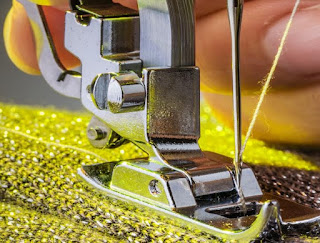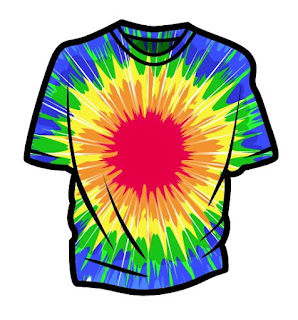Pilling Test with Pilling Box Method

Objective: To determine pilling resistant of given fabric. Principle: According to the movement of pilling box allowed to generate fabric surface pilling of particular specimens. Tools and equipment: Marking pen, scissor, polyurethane tubes, mounting devices, single needle lock stitch machine, pilling box. Procedure: Each specimen was cut using 125 mm x 125 mm template. In this specimen preparation process, all diagrams were drawn on back face of given fabric. After drawing, each panel were cut carefully and stitched by folding 12 mm by aiding single needle lock stitch machine. After stitching turned sewn specimen to get face area and each edge were cut as 6 mm to reduce sewing distortion. After using metallic mounting devices, prepared samples were mounted on polyurethane specimen tube and here were applied tape cover to avoid fraying edges of composite specimen. And this covering application was wrapped additionally 1.5 cm area of circumference of specimen complex.





